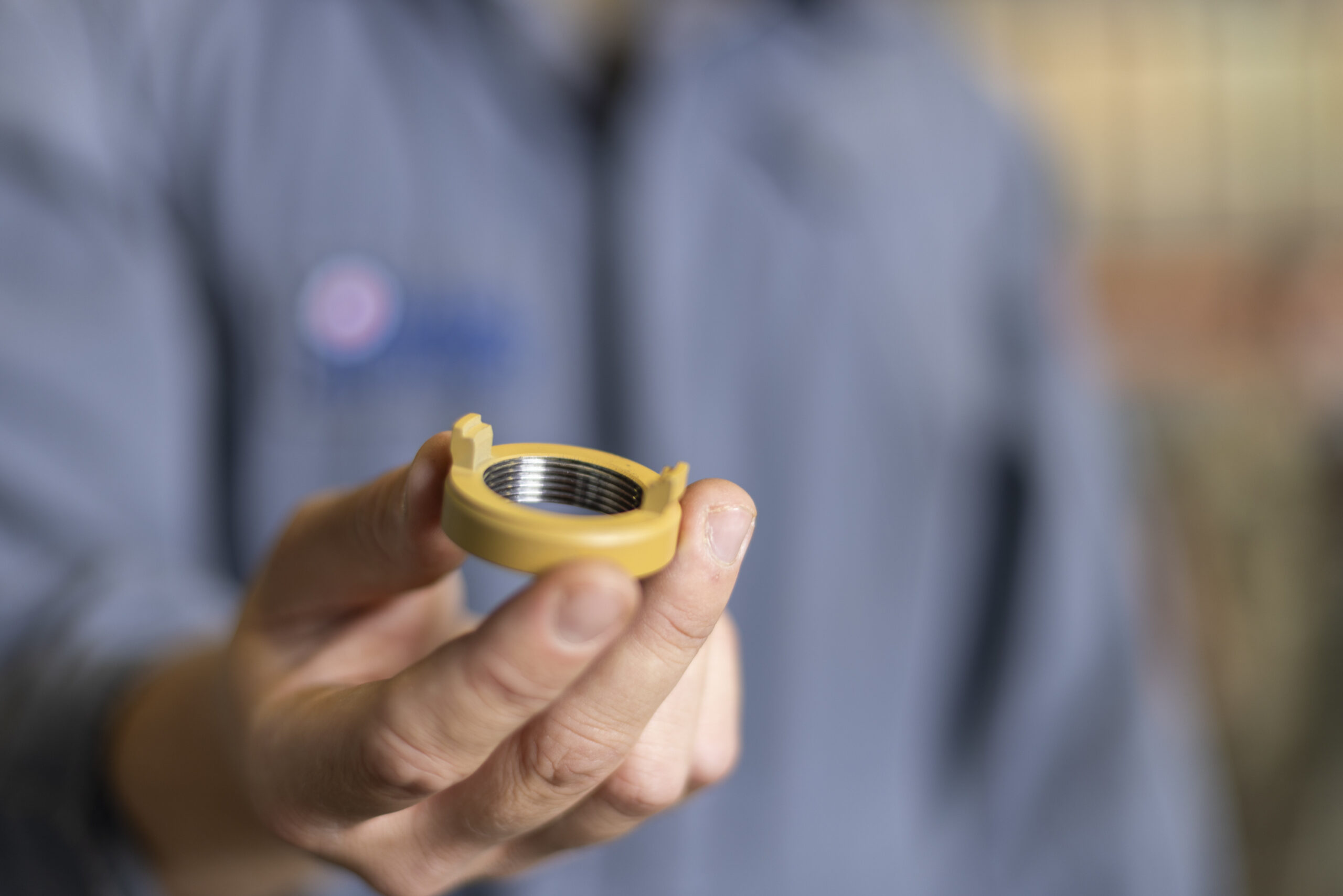The Royal Air Pressure has put in its first internally manufactured 3D printed element on an operational Hurricane fighter jet at RAF Coningsby this week. Engineers fitted a short lived substitute half for the pylon meeting that connects weapons methods to the plane’s wing. The element was produced on the Hilda B. Hewitt Centre for Innovation by specialists from No 71 Inspection & Restore Squadron and put in by 29 Squadron engineers.


The restore course of demonstrated effectivity in addressing plane downtime. Engineers scanned the broken element and shared knowledge with each the unique producer and 71 Squadron. Whereas the producer developed a everlasting substitute, 71 Squadron designed and printed a short lived answer to maintain the plane operational.
“This isn’t meant as a everlasting repair, but it surely exhibits the place we’re heading. When plane are grounded ready for spare elements, we are able to’t afford delays. Having the ability to print our personal short-term parts means getting jets again within the air sooner,” stated Squadron Chief John Mercer, Senior Engineering Officer at No 29 Squadron.
No 71 Inspection & Restore Squadron operates as a part of the RAF Assist Pressure, specializing in repairing broken constructions on UK fixed-wing army plane and offering inspection capabilities. The squadron contains designers who develop restore options when typical fixes are unavailable or ineffective.
Wing Commander Gemma Lonsdale, Officer Commanding Air Wing Engineering at RAF Coningsby, famous the know-how’s potential impression. “This know-how gives huge potential to keep up our plane sooner than ever earlier than. The 71 Squadron workforce has been distinctive – their experience and collaboration made this milestone attainable,” she stated. The RAF signifies this success may result in broader functions throughout its fleet, doubtlessly decreasing upkeep prices and bettering plane availability.
Supply: raf.mod.uk



